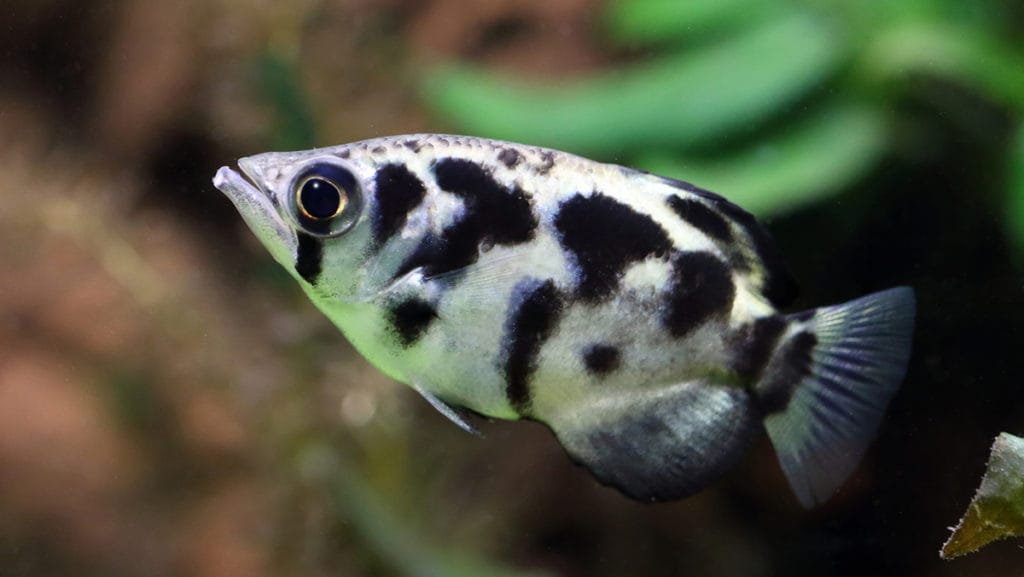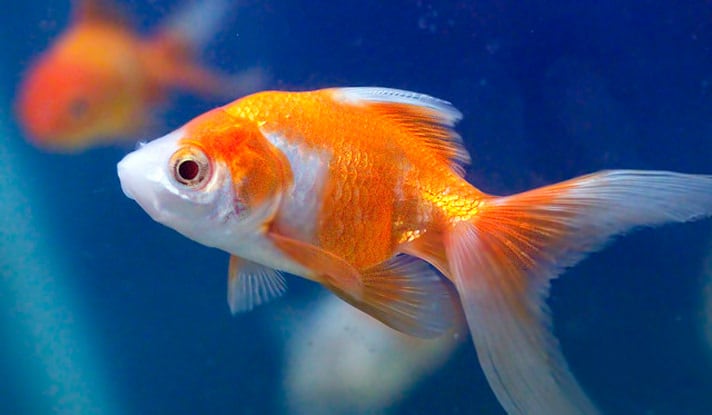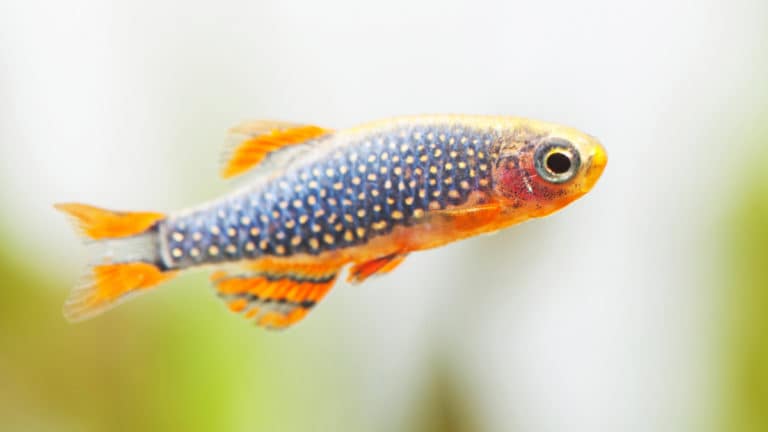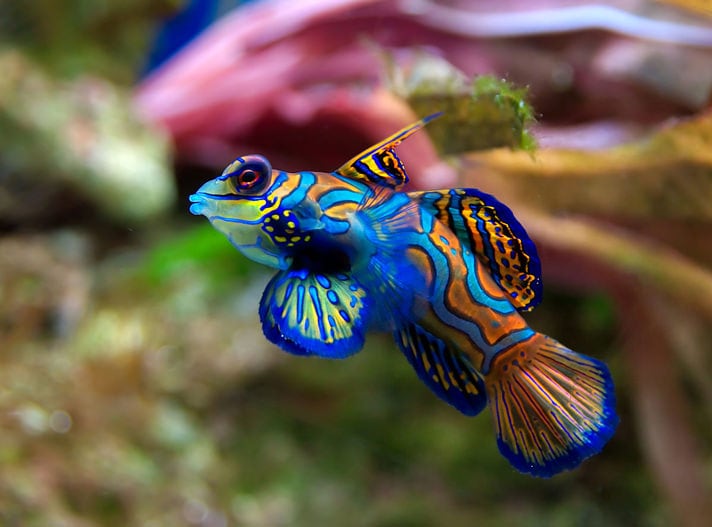Most people who have aquariums don’t really spend too much contemplating what their pet fish can see, as long as they come up to get their fish food. But they should. It turns out fish vision is much more sophisticated than we think, says Jonathan Balcombe, a biologist and the author of What a Fish Knows.
First off, some caveats. We can only make inferences about what fish can see based on their behavior. And there are roughly 30,000 species of fish, so it’s tough to generalize about the visual acuity of every one of them, Balcombe notes.
Still, the makeup of a fish’s eye is similar to the human eye, and that includes muscle control, says Balcombe. In other words, fish can look around their environment in the same way we can. Plus, there have been studies done not only on what fish can see, but what and whom they can recognize.
So prepare yourself to be amazed. Here is what you should know about fish vision—in the tank and in the wild.
Fish Can Recognize Familiar Faces
Studies have found that fish see objects placed outside their tank. But can they recognize their owners? Anecdotal evidence, and one study done on archerfish, suggests they can, Balcombe notes. Many fish owners swear that their pets will ignore guests at a party, say, but swarm to the side of the aquarium once their owner—or the person that feeds them most consistently—comes near.
British and Australian researchers decided to test this assumption on archerfish, a type of freshwater fish known for their keen eyesight. After training the fish to recognize the picture of a person’s face, they showed the archerfish over 40 different faces. Sure enough, the archerfish only swam to the surface when it saw the photo of the familiar face—even when the scientists showed them black-and-white photos or ones of the faces without hair and ears.
Fish Rely On Their Vision to Catch Prey
Archerfish aren’t only good at recognizing faces. These fish are known for their sharpshooting abilities. They wait under the surface of the water for an insect to land on a plant above them, and then they zap the bug with a jet of water squirted from their mouths. Not only that, they are able to catch the insect the second it falls into the water.
To do that, archerfish rely on their eyesight—and compensate for the way the light bends in the water, which makes aiming for an insect outside the water harder. But the archerfish isn’t the only finned creature who can perform such amazing feats.
Trevally fish, which live in the ocean, eat birds that skim or fly above the surface of the ocean. To do this, they must spot the bird—again, compensating for the way light bends in the water and distorts distance and images—and figure out how high and how fast the bird is going. It’s an incredible feat that puts to rest the stereotype that fish are dumb creatures, says Balcombe. It’s also a testament to the fish’s eyesight.
Fish Can See Color—Even Ones Humans Can’t See
Besides being able to see their prey and recognize their owners, fish also can see a range of colors, since they have color receptors in their eyes. Many species of fish can also see ultraviolet light, which humans can’t.
In fact, ambon damselfish have UV markings on their faces, which only they can see. This helps them recognize their own species, says Balcombe, a form of visually based communication.
What Fish Vision Means for Fish Owners
If you are going to keep pet fish, you need to make the environment as stimulating to your pets as possible, says Balcombe. Start by researching the species to replicate their natural habitat as much as possible in your aquarium, he says. Then take a couple of steps.
1.Provide plenty of stimulation.
“Fish like to play and they can get bored,” Balcombe explains. That means placing colorful objects like rocks and tunnels and houses that fish can swim through in the aquarium. It also means providing places for your pet fish to hide—little fish in particular like to do this. (If you can’t find colorful ones, get plain ones—anything is better than nothing.)
2. Switch things up every week or so.
Before you settle on a set amount of time, though, see how your fish react to the change, notes Balcombe. Some species are more skittish, and find alterations to their habitat stressful at first. If the fish come out to explore relatively quickly, then they aren’t stressed, and you can rearrange things more often. If the fish spend the next three days hiding and not eating, don’t change as often.
3. Get your fish company.
Fish are social creatures and don’t like living alone, Balcombe says. Of course, do your research (or talk to an experienced fish owner) about which species make good tank-mates. Captivity can make fish more aggressive, so make all the fish get along with one another.
By: Linda Rodgers
Featured Image: Via iStock.com/Grigorii_Pisotckii
Share:









